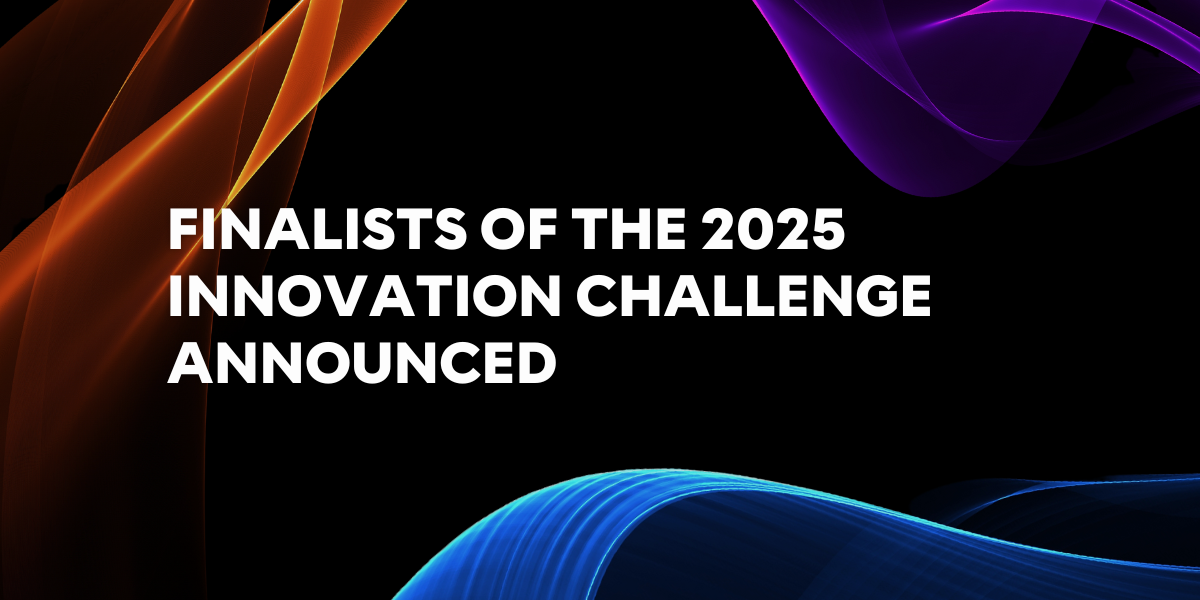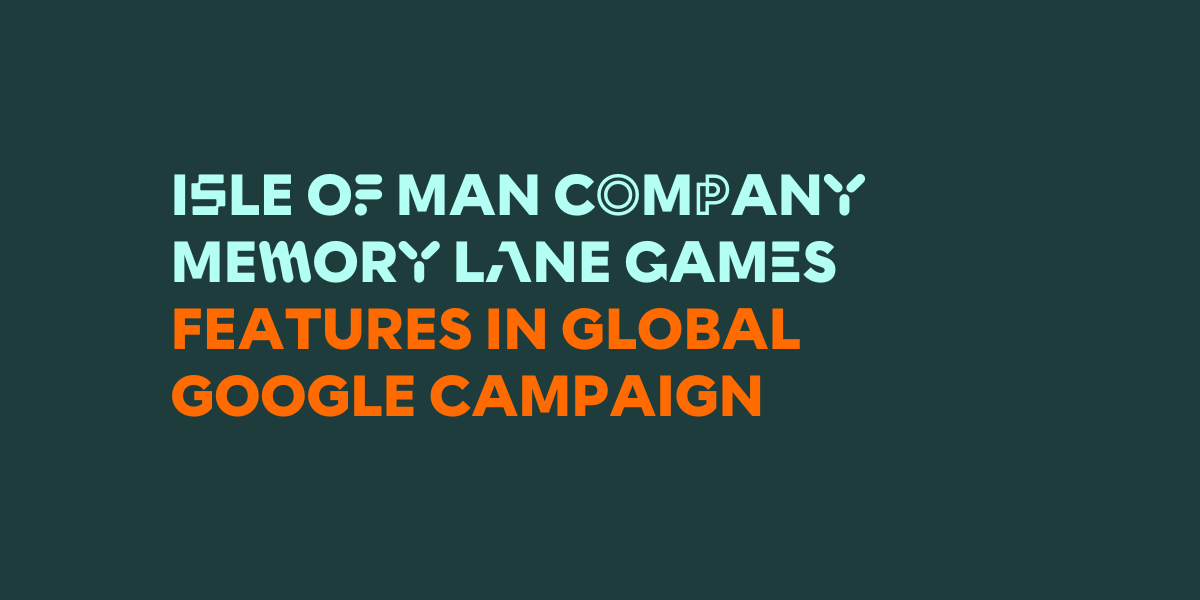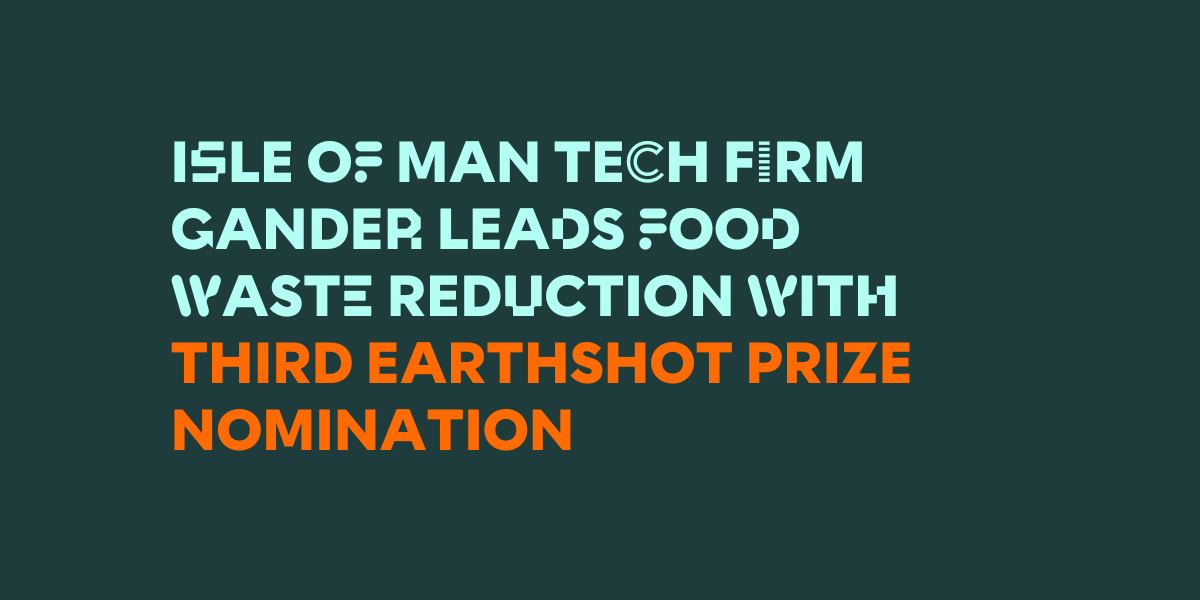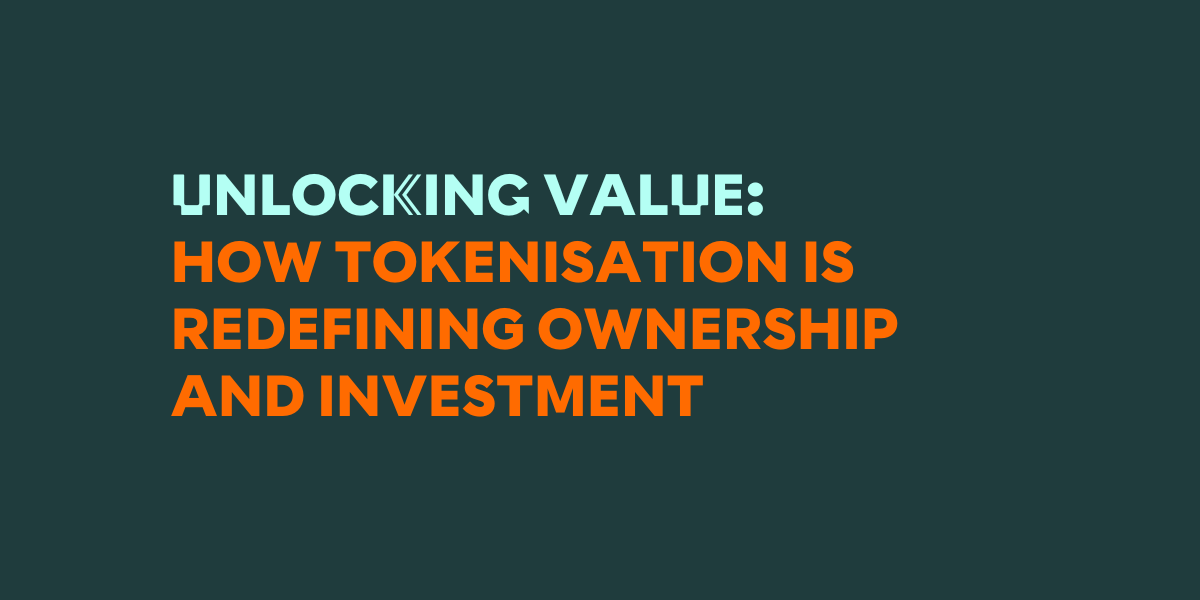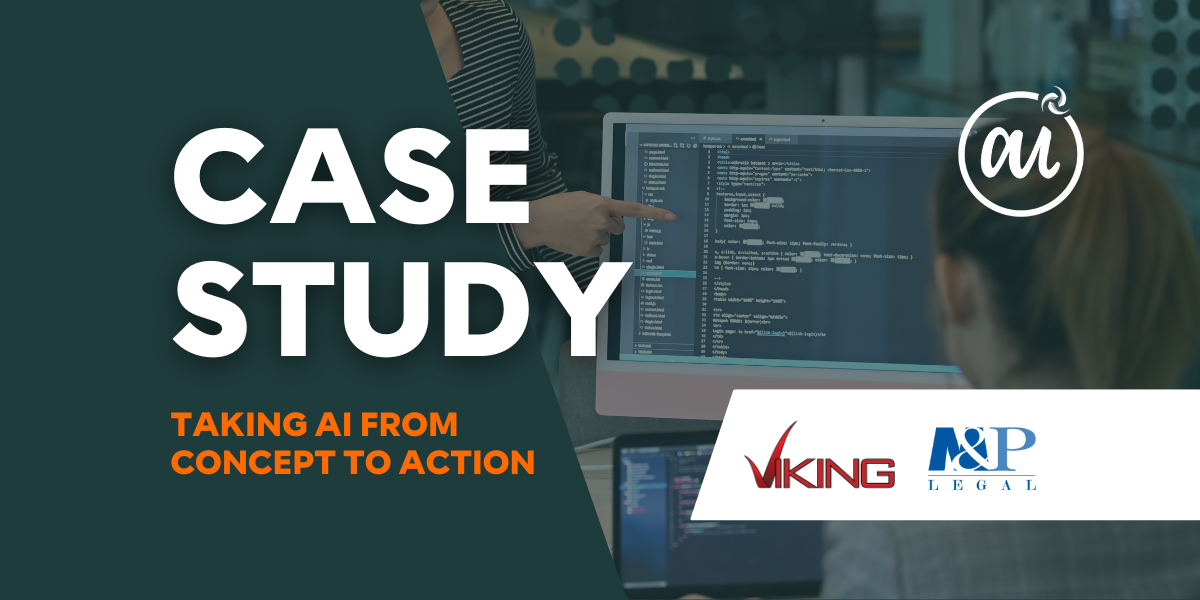IoT: tomorrow's world, today
02 October 2020

By Sarah Ennett, IoT Manager, Digital Isle of Man.
Prior to joining the Digital Isle of Man team a month ago, I spent the last nine years developing global connectivity solutions which were used by innovative companies offering Machine to Machine (M2M) and Internet of Things (IoT) solutions to their customers.
It’s a bad habit when working for a long time in any industry to use lots of insider jargon and acronyms and forget to sell the benefits of what you are involved in to the people around you. So, increasingly over the years, I was finding it hard to explain to my non-technical friends why I’m so passionate about the possibilities of IoT.
That’s an issue I need to solve now, my role is to make the Isle of Man Government’s accelerator for IoT a success, and the initial goal is to promote the use of IoT for the social and economic development of the Island. A key supporting objective of achieving this is outreach - to increase awareness in schools, businesses, organisations and government departments - but equally to understand more about what is already happening in this space on-Island, share best practice and encourage collaboration.
I think part of the challenge is that we’ve all been told for quite a long time that IoT is the next big thing, without anyone really explaining what it is and why we should care. Also, people get hung up on the technology itself rather than talking about problems, potential solutions and the wider benefits we can bring socially, environmentally or financially.
The Internet of Things is lots of different devices (things) that can collect information from the world around them (via sensors). They can send that information over the internet to a service or application. This can be done privately, where only you can see your own data. When taken further though, your data can be combined with other data to provide valuable anonymised insights used to identify trends and make predictions.
For example, your smart watch collects information to monitor your health and fitness levels and stores months of data in your own private account not accessible by anyone else. As technology improves and related services also evolve, it might be that you can opt in to have your information analysed by a medical service which can spot issues before they become serious or alert you if you need to attend a doctor’s appointment. Taken further, if your information becomes part of a wider study, trends can be spotted in health and demographics which provides industry and government with insightful information to tailor their services and build solutions to solve the real-world problems.
A good example use case of IoT is a sector called ‘Smart Homes’, there’s a great clip of Tomorrow’s World from 1989 where they talk about how our homes will be in the year 2020. It’s actually pretty accurate, stating early on that “the technology itself will be embedded in the fabric of the house” and continuing with: smart lights going on and off as you move from room to room, the ability to voice activate your favourite music, and energy management solutions being important. However, they were a little early in their prediction of no more plug sockets, that charging would be all wireless by then, given the rest I think I can forgive them that.
The much hyped smart fridge though, I think really illustrates how hard it is to get people on board with this technology being able to make a real difference when a seemingly frivolous issue is often talked about. You need to identify real problems that technology can solve in a straight forward and cost effective way. Year after year various manufacturers have tried to sell us very expensive fridges with built in ability to buy milk when we are running low. It’s just not compelling enough a problem on its own to make people want to spend several hundred pounds more on a fridge.
There are many areas of industry where having access to both real time and historical information can save money or generate more revenue. Return on investment into IoT technology can be derived from lots of avenues but where it’s most successful it decreases downtime, reduces waste, gives a better quality customer service, and increases efficiency. Many organisations with a fleet of vehicles now have the ability to track where they are, that allows for a manager to book jobs more efficiently for deliveries or engineers, giving a better customer experience and saving money on fuel and vehicle wear and tear. If information from those vehicles was also available in an anonymised way, it could become a live picture of how busy roads are, typical journey times and current weather conditions. Some businesses are able to monetise the data they collect, or in a smart Island context they may wish to support the wider ecosystem and allow it to be shared for the good of us all.
Technology should make all our lives easier, healthier and happier, so let’s talk about real problems we have in the Isle of Man and explore together how IoT may help. We are rolling out a dedicated IoT network (LoRaWAN) Island-wide providing opportunity for developing, testing and commercialising IoT solutions, the network will be free to use for Government, educational and R&D purposes.
Interested companies, organisations and charities are encouraged to register an interest as an associate member. Associates can submit applications for consideration by the committee, to use the LoRaWAN, becoming members. The committee will help provide expert advice or seek expert advice to support programme applicants in implementing a solution.
It is important to build awareness of the supporting partner ecosystem, looking to connect industry, education and technology partners, so please let us know if you want to find out more about our plans or would like to be added to a resource list for associates looking for IoT guidance and solutions.
I look forward to keeping you up to date and will share information and good news as the accelerator programme progresses.
